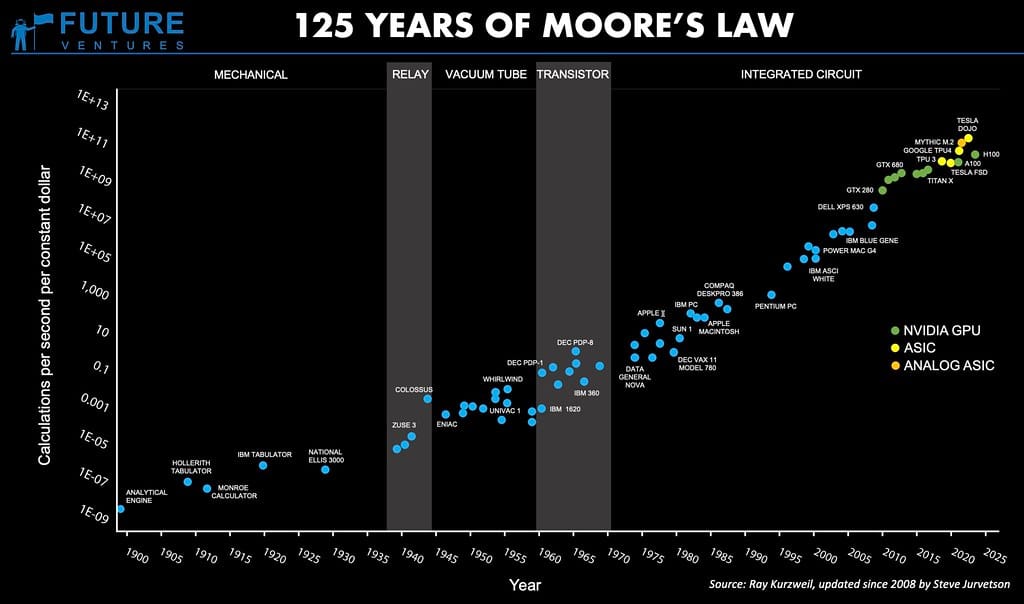Texas Instruments Bets Big on America: $60 Billion Semiconductor Investment Reshapes Manufacturing Landscape
Texas Instruments has thrown down the gauntlet in the global semiconductor race, announcing a massive $60 billion investment to expand its chip manufacturing capabilities on American soil. This bold move positions the Dallas-based company at the forefront of the Biden administration's push to rebuild domestic semiconductor production and reduce reliance on Asian suppliers.
A Strategic Pivot to American Manufacturing
The semiconductor giant's commitment represents one of the largest manufacturing investments in recent U.S. history, spanning multiple fabrication facilities across Texas and potentially other states. This ambitious expansion plan aims to nearly quadruple TI's domestic production capacity over the next decade, directly addressing the chip shortage crisis that has plagued industries from automotive to consumer electronics.
The investment aligns perfectly with the federal CHIPS and Science Act, which allocated $52 billion in subsidies to encourage domestic semiconductor manufacturing. TI's announcement signals growing confidence in America's ability to compete with established manufacturing hubs in Taiwan, South Korea, and China.
Breaking Down the Investment Strategy
Phase One: Foundation Building
The initial phase focuses on constructing state-of-the-art fabrication facilities, with the first new plant expected to break ground in Sherman, Texas. This facility alone will create approximately 3,000 direct jobs and support thousands more in the surrounding ecosystem of suppliers and service providers.
Advanced Manufacturing Capabilities
TI's investment prioritizes cutting-edge 300mm wafer production, which offers superior efficiency and cost-effectiveness compared to older 200mm processes. The company plans to manufacture a diverse range of semiconductors, from analog chips used in automotive applications to digital processors powering industrial equipment.
Timeline and Milestones
The rollout spans 15 years, with initial production expected by 2026. TI has structured the investment to scale with market demand, ensuring sustainable growth while maintaining operational flexibility.
Economic Impact and Job Creation
The ripple effects of TI's investment extend far beyond the company's immediate operations. Economic analysts project the initiative will generate:
- Direct employment: 15,000-20,000 high-skilled manufacturing jobs
- Indirect benefits: 50,000+ jobs in supporting industries
- Tax revenue: Billions in local and state tax contributions
- Educational partnerships: Collaborations with universities to develop skilled workforce
Local communities are already preparing for the influx of high-tech jobs, with Texas investing heavily in STEM education programs and workforce development initiatives.
Addressing Supply Chain Vulnerabilities
The COVID-19 pandemic exposed critical weaknesses in global semiconductor supply chains, with chip shortages costing the U.S. economy hundreds of billions in lost production. TI's domestic expansion directly addresses these vulnerabilities by:
- Reducing dependence on overseas manufacturing
- Shortening supply chains for critical applications
- Enhancing supply chain resilience against geopolitical disruptions
- Supporting national security requirements for defense applications
Competitive Positioning in a Global Market
TI's investment positions the company to compete more effectively with industry leaders like Taiwan Semiconductor Manufacturing Company (TSMC) and Samsung. By leveraging domestic production advantages—including lower logistics costs, reduced regulatory risks, and proximity to key customers—TI aims to capture a larger share of the growing semiconductor market.
The company's focus on analog and mixed-signal chips plays to its strengths while addressing markets with consistent demand growth, particularly in automotive and industrial applications where reliability and performance are paramount.
Looking Forward: Implications for the Industry
Texas Instruments' commitment represents a watershed moment for American semiconductor manufacturing. The investment validates the effectiveness of federal incentives while demonstrating private sector confidence in domestic production capabilities.
Key takeaways for stakeholders:
- Investors: TI's long-term commitment signals confidence in semiconductor demand growth
- Competitors: Pressure mounts for other companies to announce similar domestic investments
- Policymakers: Success could justify additional manufacturing incentives across other critical industries
- Workers: Significant opportunities for high-skilled employment in advanced manufacturing
This monumental investment doesn't just represent TI's largest manufacturing expansion—it symbolizes America's renewed commitment to technological independence and industrial leadership. As the first major response to federal semiconductor incentives, TI's success will likely determine the trajectory of domestic chip manufacturing for years to come.

